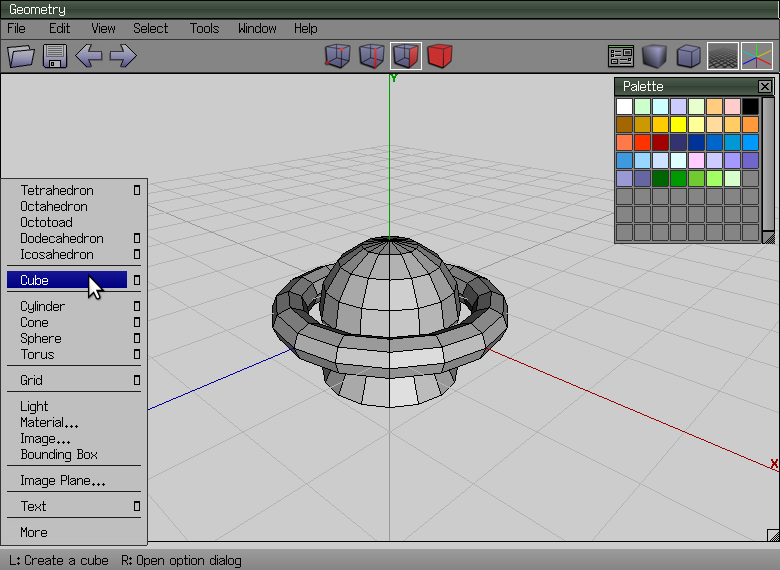
Since then, Foundry has had a series of updates and is taking advantage of modern graphics cards to make it way more powerful. We comprehensively tested Modo (see our Modo 12 review), and liked its toolset and UI, but found it a little limited in its capabilities. The toolset is well thought out and implemented, making it very user-friendly, add to that an impressive rendering system, and it’s easy to see why Modo has continued to grow in popularity. Over the years Modo (opens in new tab) has grown from a basic subdivision surface modeller into a fully-featured digital content creation app.

Like Maya, Houdini's power and non-standard workflow can be tricky to get the hang of.
#Importing image into wings 3d software
You can see more reasons we rate this software so highly in our Houdini review. When testing, we found that its problem-solving capabilities were leagues ahead of other 3D software, with the ability to rewire feeling incredibly natural, a big plus point for the software. This nodal workflow isn’t for everyone, but Houdini also has some more traditional tools which allow you to directly interact with the polygons on screen.

Its node-based procedural approach offers artists unprecedented power, flexibility and control.

SideFX's Houdini is responsible for creating a range of 3D imagery across the CG industry.


 0 kommentar(er)
0 kommentar(er)
